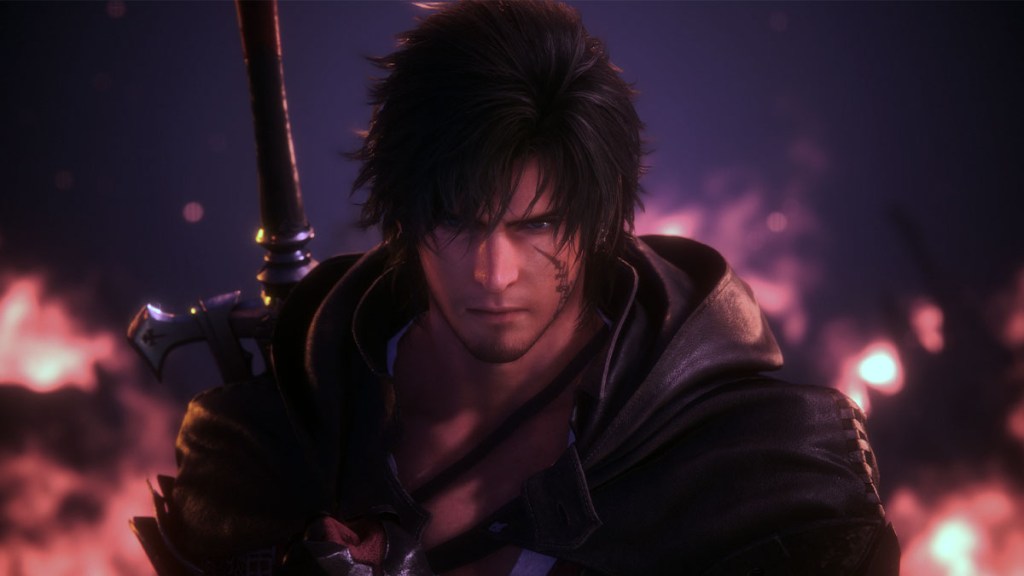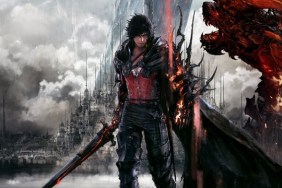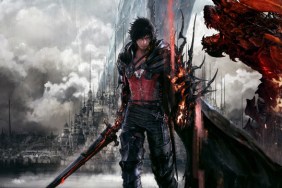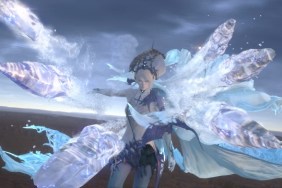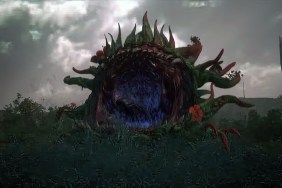Reviewing a new Final Fantasy game is tough. Final Fantasy 16 bears the weight of expectation, a burden that comes with the territory of its iconic name. Each loosely associated entry redefines what it means to be a Final Fantasy, and every fan has a checklist of what aspects of the series need to come together to make the perfect experience.…
-
Main story is great aside from some stumbling in the third act.
-
Likable and well-written cast.
-
Excellent world-building.
-
Increase in explicit content goes against the franchise's identity.
-
Final Fantasy series tie-ins are superficial.
-
Side quests are boring fetch quests.
-
Major lack of exploration.
-
Combat lacks the strategic qualities seen throughout the series.
